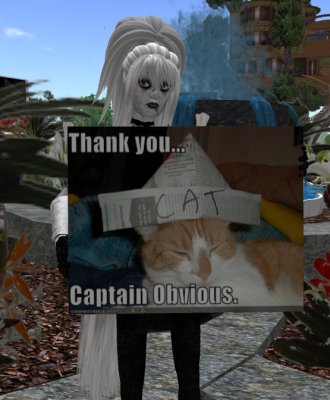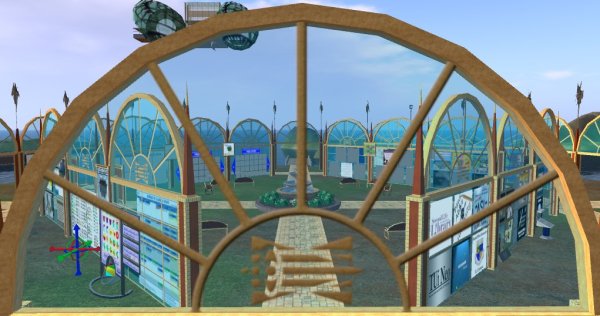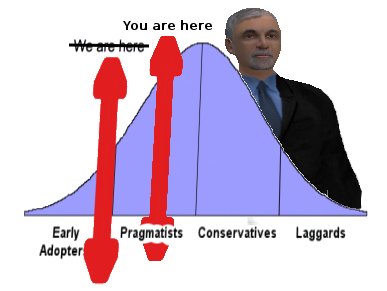<sarcasm>Linden Lab display their aptitude with resources and their grasp of technologies once again with their plans to close down the current main blog and forums and replace the software behind them.</sarcasm>. It seems unfortunate that this company, which we rely on to produce the product we desire, keeps behaving like it had its head chopped off. Do they figure that having gotten this far, and getting this big, without any solid plan, that they can just continue on in the same vein as always and achieve the same or greater results?
The greatest surprise to me in all this is that Linden Lab has discontinued the use of the official blog at least a month, if not more, before the new product has been released; worse, they are committing to a system that has not even been fully worked out yet: “I don’t know yet what the new forum structure will be. We’re happy to hear your thoughts about ideas for different boards though.” – Robin Linden. In the meantime, we are expected to find information based on leads from the message of the day from the log-in screen; this information is to be dispersed in some manner amongst other blogs, side-bars and other unexpected places. It all sounds most unsatisfactory.
The benefits of the new system to residents seem pretty thin on the ground – this is not necessarily a problem. However, if the changes are being made to benefit Linden Lab, it would be a pleasant change to know what those benefits are, rather than being told that they are doing this for the good of the residents – transparency, transparency, transparency! I’m sure Linden Lab are finding it useful to tuck away all those resident comments on the forums, especially the nasty ones, where the search engines cannot reach, and where folks who are not already residents cannot access them.
It also seems hard to believe that the software Linden Lab is currently using is completely outmoded and inadequate for the task. WordPress and VBulletin? Both configurable and flexible. How much more integrated do they need to be? How much more nicely will the two new pieces of software play together?
Then there’s the second-most intriguing idea: externally sourced moderators. Some residents are disappointed that resident moderators are not being selected, feeling that they would have a better grasp of “what goes” than outsiders with potentially no experience with Second Life, or, perhaps worse, new folk with a little training in the new rules and regulations pertaining directly to the forums and no knowledge or experience outside that. I think that we are better taking our chances with moderators who are not also residents – less chance for over-emotional involvement. Also, it always seems that the very folk who want to take on these positions for the love of it are the ones who should not be encouraged to do so – people who want to be politicians should never be allowed to be politicians, either.
Moderation of forums is required. People are people – they make mistakes and they disagree, sometimes violently. Penalties are required – where is your motivation for keeping within the rules if no penalties apply? However, when it comes to moderation and governance of forums, it’s necessary a) to know where the boundaries are and b) to have penalties that are appropriate and suitable. Linden Lab are not known for making firm boundaries, however, and the only penalties available are (figurative) exile or death. There is no evidence to suggest that these things will change substantively come October.
Maybe Linden Lab is trying to put on a more professional look for all those “mainstreamers” streaming in as the early adopters are pushed out. Maybe this new integrative approach heralds a new phase for both the blog and associated forums and for the whole of Second Life.
Maybe not. What do you think?









Recent Comments